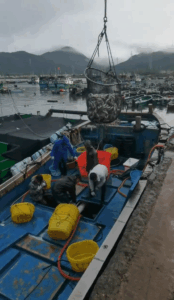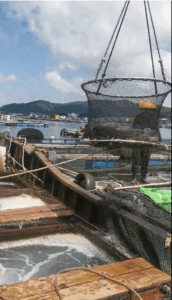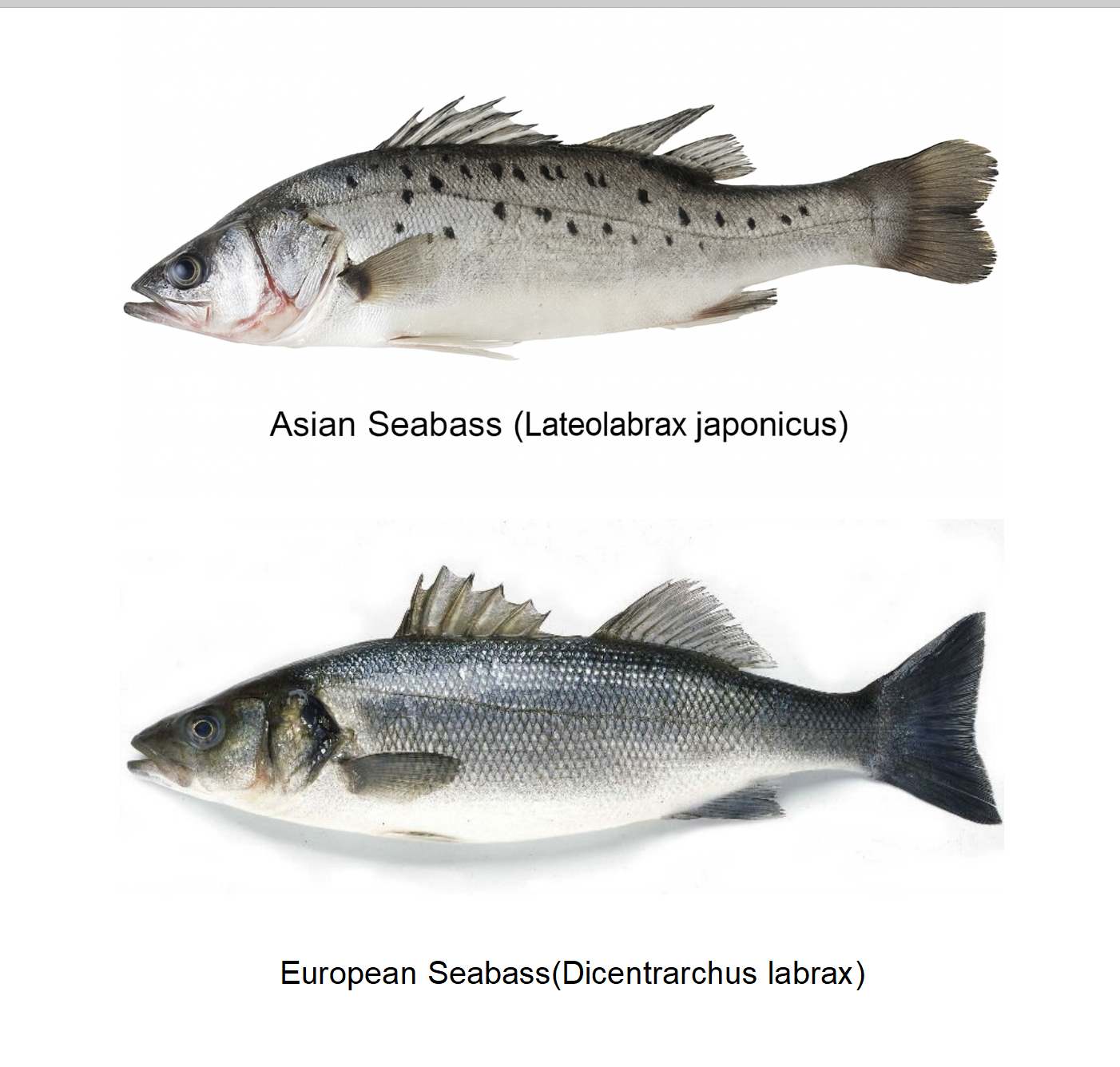Super Typhoon “Huajiasa” Threatens South China: Aquaculture Farmers Race Against Time to Secure Their Stocks
As Super Typhoon Huajiasa—with wind gusts exceeding force 17—approaches Guangdong, South China’s aquaculture industry is facing a life-or-death challenge. Farmers across Guangdong, Guangxi, and Hainan are racing to harvest, reinforce facilities, dismantle greenhouse films, and prepare generators and oxygen supplies. Major cultured species such as golden pompano, groupers, shrimp, seabass, and freshwater fish are all under threat.

With the approach of Super Typhoon Huajiasa, aquaculture farmers are implementing emergency measures to mitigate risks.
According to the China Meteorological Administration, Huajiasa is forecasted to make landfall between Taishan and Zhanjiang on September 24, bringing violent winds, torrential rain, and storm surges. In Zhanjiang, golden pompano farmers reported that emergency harvesting has already pushed down fish prices—around 14–15 RMB/kg for 1.1 jin fish, compared to the normal 16–17 RMB/kg.
The effects of Super Typhoon Huajiasa are anticipated to be severe, impacting both farmers and marine life.
This year, many farmers in South China have already suffered severe losses from disease outbreaks in species like pompano and seabass. The coming typhoon is expected to further reduce market supply, which could lead to higher prices in the months ahead.
As Super Typhoon Huajiasa draws closer, the urgency to protect aquaculture stocks increases significantly.

Government & Expert Warnings
Impact of Super Typhoon Huajiasa on Aquaculture
Experts are warning that Super Typhoon Huajiasa may bring unprecedented challenges to the aquaculture sector.
-
Typhoon Warnings: The Central Meteorological Observatory issued an orange typhoon alert, with winds reaching 14–16 levels near the storm’s center.
-
Storm Surge Alerts: The National Marine Forecasting Center has issued red alerts for both storm tides and waves, warning of flooding risks in coastal lowlands.
-
Flood Risk: The Ministry of Water Resources has issued red warnings for flash floods in parts of Guangdong.
Aquaculture Disaster Prevention Guidelines
In light of Super Typhoon Huajiasa, farmers must prioritize disaster preparedness to safeguard their livelihoods.
For Pond-Based Farming
-
Reduce or stop feeding before the typhoon to lower pond load.
-
Lower pond water levels to prevent escapes caused by storm surges.
-
Check and reinforce dikes, install anti-escape nets if necessary.
-
Prepare backup power and oxygenation equipment (generators with at least three days of fuel).
-
Stock emergency supplies such as oxygen tablets, salt, stress-relief additives, and sandbags.
-
Secure storage houses for feed and medicine to avoid flood damage.
-
Evacuate personnel to safe shelters in case of super typhoon impact.
For Industrial/Factory Aquaculture
-
Secure infrastructure: doors, windows, roofs, solar panels, drainage systems, and power facilities.
-
Reinforce electrical safety to prevent accidents during storms.
-
Prepare emergency equipment such as pumps, portable generators, and liquid oxygen storage.
-
Adjust feeding schedules to avoid waste and stress.
-
Post-typhoon recovery: check facilities, remove dead fish, disinfect ponds, and gradually restore feeding.
Post-Typhoon Management
Post-typhoon assessments will reveal the full impact of Super Typhoon Huajiasa on aquaculture facilities.
-
Inspect ponds and facilities for damage, and repair immediately.
-
Remove debris, dead fish, and waterweeds to prevent secondary pollution.
The aftermath of Super Typhoon Huajiasa may lead to significant changes in local fish markets.
-
Disinfect ponds with low-irritation disinfectants (iodine, bromochlorohydrin).
-
Monitor water quality (DO, pH, salinity, transparency) and adjust as needed.
-
Prevent outbreaks of bacterial and parasitic diseases by using health boosters and probiotics in feed.
Farmers must remain vigilant as the threat of Super Typhoon Huajiasa lingers, focusing on stock health.
-
Record mortalities and estimate stock levels for production planning.
CHF Seafood’s Commitment
CHF Seafood is prepared to respond to the challenges posed by Super Typhoon Huajiasa in the industry.

As one of the leading seafood processors and exporters in China, Zhuhai Chenghuifeng Agricultural Science and Technology Co., Ltd. (Cheng hui feng Seafood) is closely monitoring the impact of Huajiasa on aquaculture production in South China. With a fully HACCP-certified and BAP-approved facility in Zhuhai, CHF Seafood specializes in farm-raised seabass (Lateolabrax Japonicus), barramundi, red drum fish, tilapia, and other aquaculture species.
Our product range covers:
-
Whole Round & GGS (Gutted, Gilled, Scaled)
-
Boneless Fillets (skin-on / skinless)
-
Value-Added Products such as sauerkraut fish and ready-to-cook fillets
Despite the challenges posed by natural disasters, CHF Seafood remains committed to ensuring stable supply, food safety, and premium quality products for our global partners across the US, EU, Australia, Middle East, and beyond.
Ultimately, the resilience of the aquaculture industry will be tested by Super Typhoon Huajiasa.



